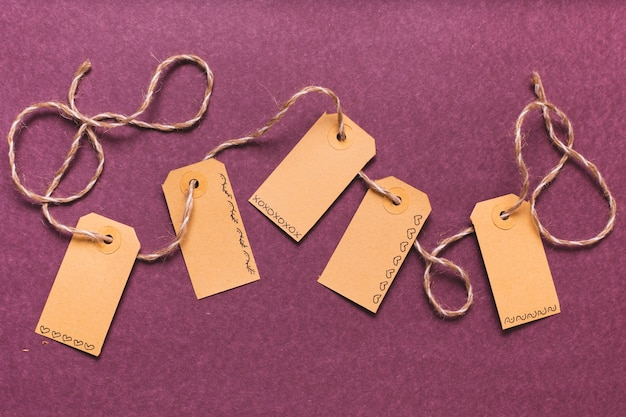
As a custom clothing manufacturer with a few decades of experience in the fashion industry, we are aware that sometimes a mere beautiful design might not always receive the focus that it deserves.
Every element of your brand—logos, labels, and hangtags, to your website, e-commerce experience, trade show decor, advertising, and social media—affects how the public perceives your company. Your brand elements are not just cosmetics; they are "silent salespeople."
A successful branding strategy can provide a consistent, memorable brand identity that establishes your business in the market.
Branding is not a name, logo, or line of apparel—it's the overall impression of your company from the public. Everything, from ad copy to customer contact, is included in it. A solid brand identity serves as a guide for design decisions so that everything will look the same across all branding elements. A defined brand identity assists businesses in making quick and unified decisions, such as designing logos, choosing packaging, or creating advertising materials.
In this blog, we’ll cover three brand elements that have the biggest impact on your branding: logos, labels, and hang tags.
Logos are your brand's face, appearing on websites, labels, hang tags, marketing materials, and packaging. A well-designed logo raises brand awareness, builds trust with customers, and communicates your brand's personality. It's typically the first impression that customers have, so it's a crucial element of your brand identity.
The following are the qualities of an effective logo:
· Simplicity: Iconic logos like Nike's swoosh, Apple's apple, and Chanel's interlocking Cs have simple designs, hence easy to remember.
· Memorability: The logo has to be identifiable at a glance and cause the customers to immediately associate it with your business.
· Scalability: The logo should look good on small surfaces like business cards and also in larger displays like billboards.
· Relevance: Colors, shapes, and typography should be representative of the brand identity and target market.
· Timelessness: Avoid very trendy visuals that will go out of style within a few years, keeping your logo fresh for years.
Color plays a crucial role in branding because it influences consumer psychology and purchasing behavior. Brands need to select colors that convey their identity and message. For example, black conveys luxury, while green suggests sustainability. Standardized color codes, such as Pantone, ensure color consistency across all materials, from logos to labels and hang tags.
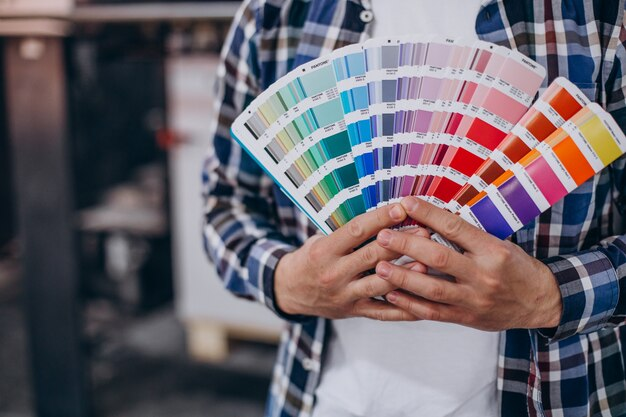
Labels are a lasting presence on your garment, reinforcing brand identity every time a customer wears your product. They provide vital information like brand name, size, care label, and fabric content. An effectively designed label can elevate the perception of your brand, whereas an ineffectively designed label can bring it down, and customers will end up cutting it off.
Labels are in two major forms:
· Printed Labels:
o More economical and easier to produce.
o Can fade or deteriorate over time, especially with frequent washing.
o Works well for minimalist or fast-fashion brands.
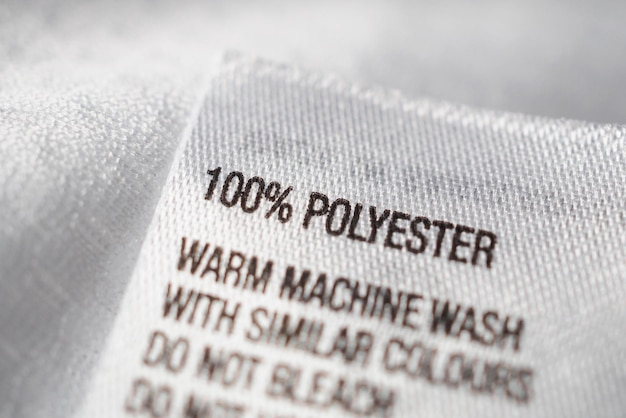
· Woven Labels:
o More durable and considered high-end, ideal for luxury and premium brands.
o Available in materials like cotton, silk, and satin, offering a premium feel.
o Suitable for intricate designs and long-lasting branding.
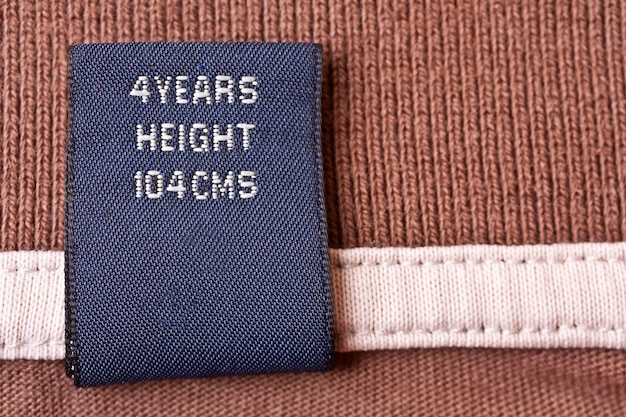
Labels should be less than 2 inches square so as not to be uncomfortable. Soft fabrics like satin or cotton are less likely to irritate the skin, so it is less likely that customers will cut them off. Comfort is paramount, especially for garments in contact with the skin, such as t-shirts or underwear.
The choice of the proper material for labels enhances comfort and brand reputation:
· Cotton, silk, satin: Soft and premium feel, ideal for high-end brands.
· Embossed leather: Ideal for rugged or premium brands, e.g., denim or outerwear.
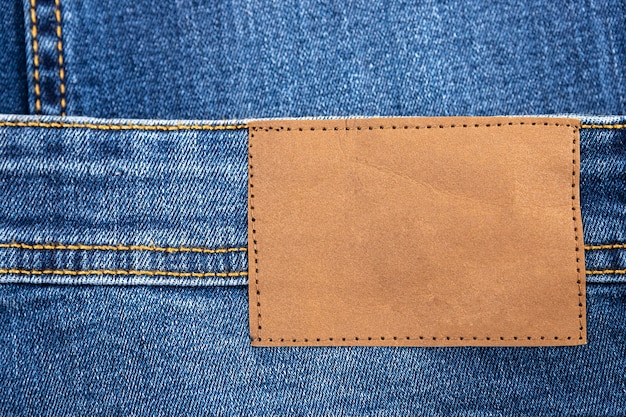
· Printed cotton tags: Suitable for eco-conscious brands, aligning with sustainability goals.
Unlike labels, hang tags are ripped off upon purchasing, but are a first impression of your brand identity. They offer more data such as prices, sustainability activities, and the selling proposition. A professionally executed hang tag delivers perceived brand worth and professionalism and is therefore crucial to your package strategy.
When hanging tgs are created, take these into consideration:
· Colors: Should harmonize with the clothing line and remain consistent across seasons, according to your brand identity.
· Materials: Choose quality materials to ensure maximum durability and brand image.
· Typography and Logo: Ensure your logo and typography are legible and aesthetically appealing, reinforcing brand recognition.
· Content: Include required information like price, size, and brand history, but keep it concise and visually appealing.
Hang tags can be made of varied materials, offering varying appearances:
· Cardstock (flat or glossy surface): Versatile and cost-effective, suitable for most brands.
· Recycled paper: Best suited for eco-focused brands, where sustainability is prominent.
· Fabric hang tags: Unique and luxury, perfect for top-end brands and custom formal wear.
· Other materials: Metal, plastic, leather, or wood to create one-of-a-kind brand identity.
Attachment methods also impact perceived quality:
· Tagging gun: Most retail application, efficient with high-volume manufacturing.
· Color-matched string and safety pins: Adds a premium feel, ideal for high-end brands.
· Ribbon or cord: Enhances aesthetics and aligns with brand identity.
· Types:
o Card hang tags: Multi-purpose, customizable, and widely used.
o Door hangers: Made of cardstock, ideal for promotions.
o Fold-over hang tags: Can double as mini brochures, offering more space for information.
o Die-cut hang tags: Unique shapes that stand out, perfect for creative brands.
o Other materials: Metal, plastic, fabric, or leather for premium branding.
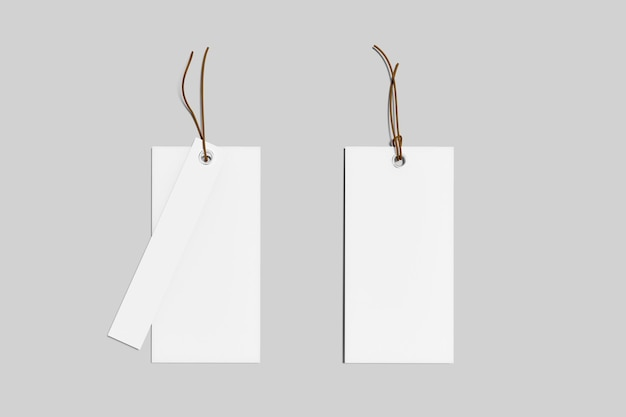
· Sizes:
o Small (1-2 inches): Suitable for watches, jewelry, or small accessories.
o Medium (2x3 or 3x4 inches): Ideal for clothing and apparel.
o Large (4x6 inches and above): Best for furniture or oversized items.
Sustainability is becoming increasingly an issue for fashion branding. Hang tags and labels can contribute to eco-friendly actions:
· • Materials: Use sustainable options like recycled paper, organic cotton, or biodegradable materials to reduce environmental impact.
· • Avoid plastics: Plastic labels and hang tags are not eco-friendly and should be replaced with lighter, more sustainable alternatives.
· • Customization: Opt for biodegradable or compostable materials for custom designs, aligning with sustainability goals.
While samples may not require branding features, production orders do because they need to present professionally. For ensuring potential supply chain delays, businesses should pre-order hang tags and labels ahead of production. Advance planning ensures consistency in branding, avoids production errors at the last minute, and projects a professional look.
· Choose Comfortable Materials: Choose comfortable fabrics like cotton or silk to prevent skin irritation and to enhance the wearing experience.
· Size Recommendations: Keep size label less than 2 inches to reduce discomfort.
· Showcase Brand Story: Use hang tags to provide your brand narrative or encourage sustainability efforts, enhancing your brand reputation.
· Color and Material: Choose colors and materials in line with your brand image and utilize Pantone color codes for consistency.
· Communicate Your Needs: Involve suppliers early on to make clear your design requirements to supply quality and on-time delivery of custom hang tags and labels.
· Provide Design Sketches or Samples: Provide suppliers with your design sketches or samples to enable them to comprehend and portray your brand image.
| Design Element | Label Suggestions | Hang Tag Suggestions |
| Material | Cotton, silk, or satin for comfort | Cardstock, recycled paper, or fabric for added texture and luxury |
| Size | Smaller than 2 inches for comfort | Small: 1-2 inches, Medium: 2x3 inches, Large: 4x6 inches for larger items |
| Color | Consistent with brand logo | Coordinated with product range; use Pantone color codes |
| Printing | Printed for cost-effective options, woven for premium durability | Offset or digital printing for high-quality finishes |
| Attachment | Sewn or glued for permanence | Tagging guns, color-matched string, or safety pins for versatile attachment |
Every aspect—logo, label, and hang tag—is crucial to building a long-lasting impression that influences customer sentiment and solidifies brand image. An investment in superior quality branding materials fortifies customer loyalty and enhances your clothing brand recall. Understanding what differs, the parameters for designs, and fabrications for logos, labels, and hang tags will assist organizations to develop a properly designed and impactful brand image. Highlight sustainability, design consistency, and forward planning to make your brand stand out in the competitive fashion industry.
With Kutetailor, we help you create your brand and help you create a website or online store for your brand in an easy way, along with varied customizing and order management. We will analyze your needs and set up a customized business solution for you. Know more about Kutetailor and establish a stronger brand today.